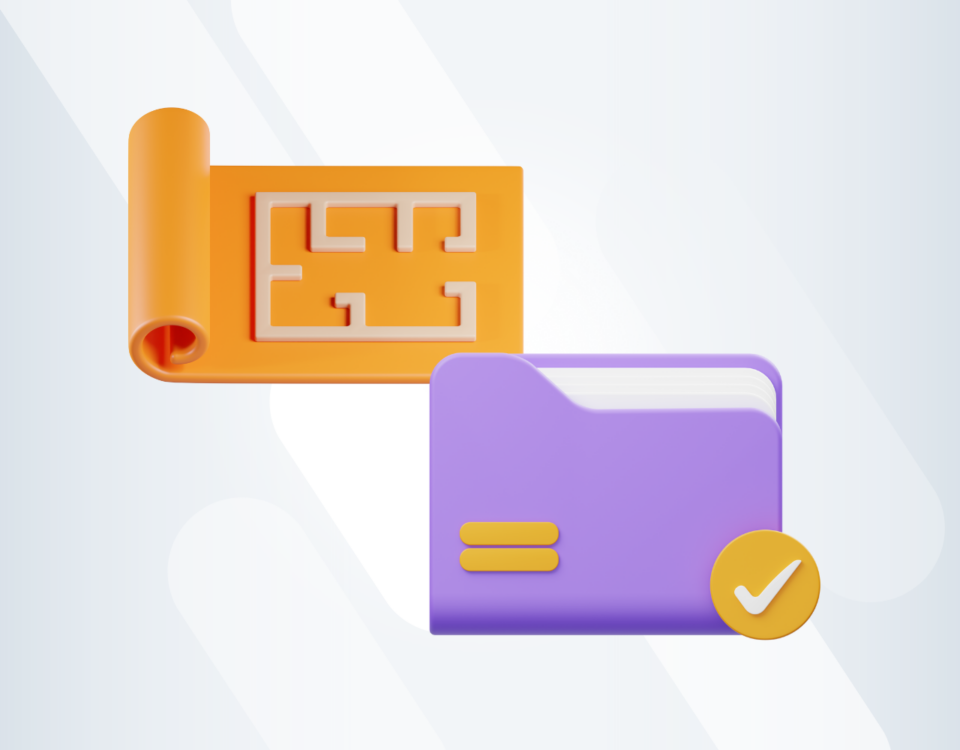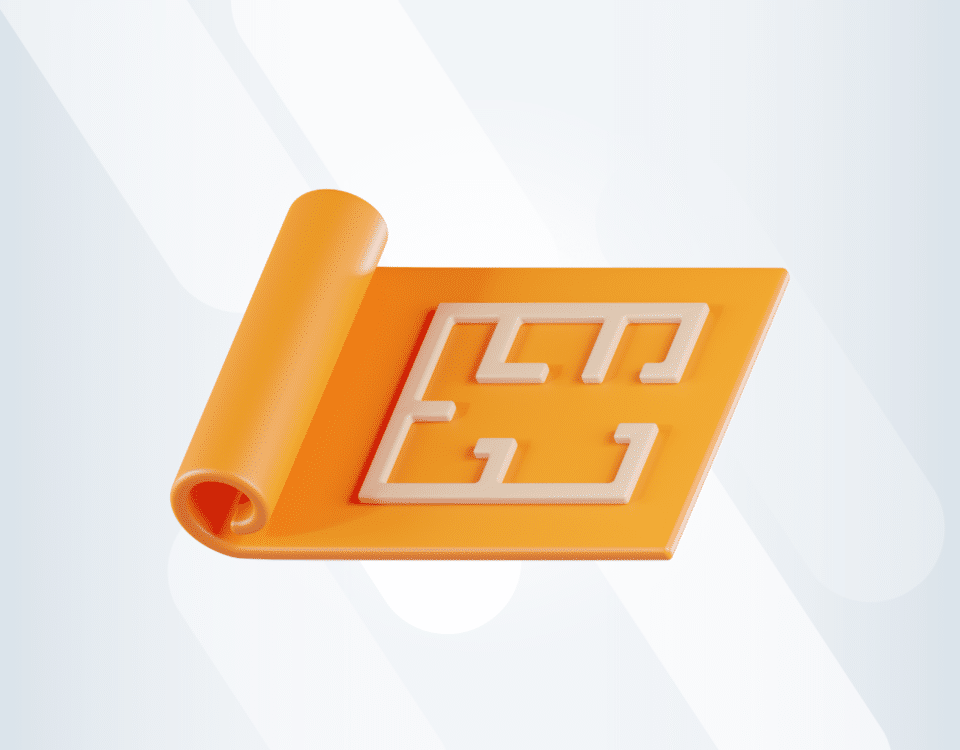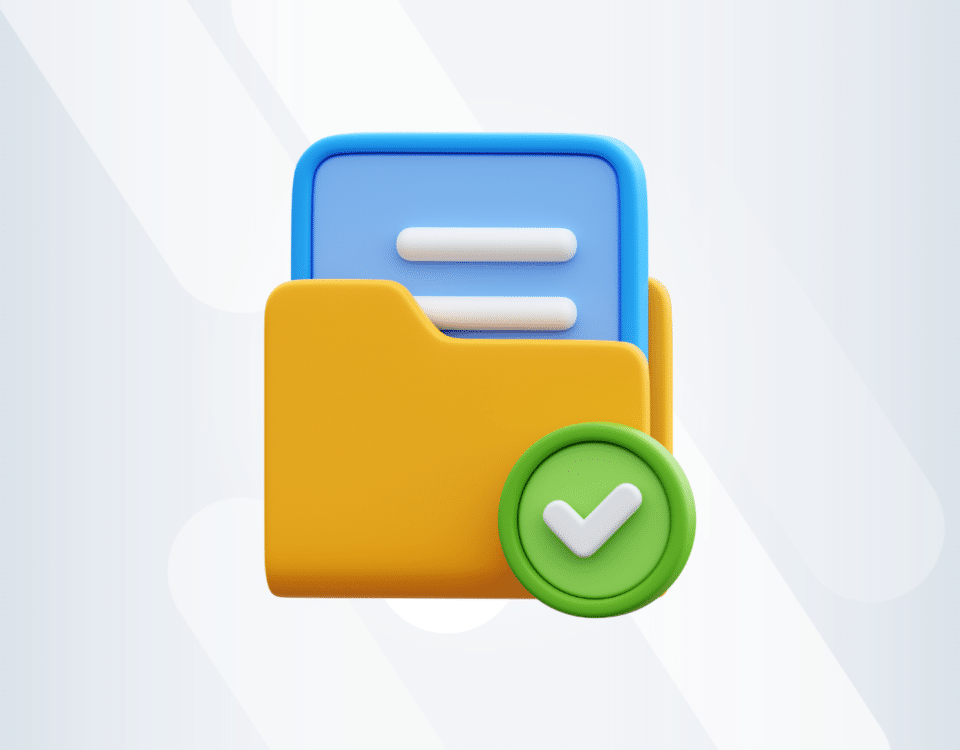Construction Tendering Process
Have you ever taken part in a tendering process? Do you feel that it is a complicated, lengthy process, where only big companies can win? Well, there are a lot of myths about tendering in construction. That is why you should check out our Knowledge Pill and find out what you are missing!
-
Do you conduct a tendering process in your company?
-
Are you an SME and think the tendering process is profitable only for big companies?
-
Or maybe, you are new to the market and just curious to learn more about the process?
If you answered yes to any of these questions, this article is for you! Let’s have a deep dive into the tendering process and solve all your questions!
What Is Tendering in Construction
Tendering in construction is when an organisation that looks for specific goods or services invites potential suppliers to submit their offers for delivering those goods. A submitted request by a client is called Invitation to Tender and the answers for the invitation submitted by interested suppliers are called tenders. In the tenders, potential suppliers precise how they plan to meet the client’s requirements and what price will be required for their work.
So, tendering is simply the process of finding the company (suppliers) that will deliver us goods/services/products, which our company needs. You can find private and public tenders on the market, but the latter is far more popular. It is because private companies do not have an obligation to conduct the tendering. So, they often cooperate with the same suppliers for years.
Benefits of Tendering
Now, probably, you may wonder: If tendering is not obligatory for private construction companies, what is the point of conducting it, after all? Well, a properly executed tendering process brings benefits for both parties, clients and suppliers:
-
Higher transparency of the process
-
Possibility to build a network of contacts
-
Better control of the whole process
-
Saved time thanks to established requirements and procedures of comparing the offers
-
The guaranteed outcome of the tender: best ratio value for money
One of the most common stereotypes about tendering is that only big companies can win a tender. It is because they can offer the lowest price for the same quality. In real life, tendering is actually an excellent opportunity for SMEs. For example, the UK Government's goal is to spend 33% on small and medium businesses. So, even one in three tenders is dedicated to smaller companies and awarded those contracts.
Types of Tendering
But let’s start from scratch. In the construction industry, you can find three types of tenders:
- 01Open Tender - as the name implies, this type of Tender is available for anyone interested, so any supplier can submit an offer. There is a pre-qualification process on larger projects to avoid non-qualified contractors submitting their tenders.
- 02Selective Tender - in this type of Tender, not every supplier has the possibility to take part in the process. Usually, potential suppliers invited to tender are chosen from the pre-selected list created by the client. The list usually includes companies that have already cooperated with the client and the previous cooperation was satisfactory.
- 03Negotiated Tender - in this type of Tender, the client contacts one specific supplier, that he has already worked with, to negotiate a new scope of work. Sometimes, the supplier can be even in the middle of a project when the negotiations occur.
- Offers a wide selection of suppliers
- Gives a possibility to build a network of contacts
- Might attract suppliers that do not fulfil all the requirements
- Might be more demanding (waste of time, effort and money)
- Higher possibility to find a contractor that fulfils all our requirements
- Reduced effort as we contact preselected contacts
- Might exclude smaller suppliers or companies that have just entered the market
- Reduces cost and effort as we contact specific supplier
- Quality of the supplier is known thanks to previous cooperations
- Eliminates competitiveness
- Negotiations might be longer and harder than expected
This division into open, selective and negotiated tenders is not the only one you can find in the construction industry. We can also divide tendering based on the number of stages. What is the difference between them?
-
Single-stage tender - called a more traditional way. Single-stage means that all necessary information needed to calculate the service price is already given in the Invitation to Tender. Potential suppliers can submit their offers and clients can choose the best one directly from there. There is no need for additional steps.
-
Two-stage tender (multi-stage tender) - means that the tender process contains at least two steps. Unlike in the previous type, the contractor can be appointed even before submitting all the information required to set the price for concrete work/goods or services. In the first stage, the contractor often prepares a frame for the project with design, which can later improve communication regarding the final price.
Construction Tendering Process: How Does Tendering Work?
You now know the types of tendering in construction and the most common methods. Now, it is time to move to the tendering process. What does it look like in practice?
- 01
Invitation to Tender
The client who needs specific goods/services creates an invitation to tender in order to receive delivery offers from potential suppliers. Depending on the tender type, the invitation can be visible publicly or sent to specific contractors. The invitation should contain specific parts described in detail here.
- 02
Clarification
Just like in any construction process, things are often not crystal clear at the very beginning. That is why potential suppliers might need some clarifications. It is actually highly beneficial for clients as they can ensure that submitted tenders will fit all the requirements.
- 03
Submission
The contractors that are interested in cooperation submit their tenders. The documents must specify how the client's requirements will be met and what price is required for the services. Thanks to this, the client can choose the offer with the best value for money.
- 04
Tender Negotiations
After the client chooses the preferred contractor, an additional step of negotiations between the two parties might occur. It might be a meeting, where different aspects, such as price, quality, and deadline (all conditions mentioned in the tender) are being clarified.
- 05
Contract Execution
After the adjustments to the tender, the contract between the parties is signed and the contractor can move to execution. The client should store the contractor's data along with the contract in the company's repository, in case of future projects.
How Can Construction Management Software Support The Tendering Process?
We live in the 21st century. Technology accompanies us in every area of life. So, why not use it to enhance our construction project? Proper Construction Management Software can significantly improve your tendering process:
Accelerated process thanks to an automated tendering platform
Quick access to the contact base with all suppliers fitting the specific categories
All tenders, their status and detailed information stored in one place with easy access
Support in choosing the best supplier thanks to automated evaluation criteria
Transparent company finances and tender’s impact thanks to financial dashboards updated in real-time
Interested to learn more? Check our whole separate article, where we present how Archdesk can improve your tendering process!
→ Discover How to Speed up & Automate Your Tendering Process
And if you feel you face specific challenges or have more personal questions regarding the whole procedure, feel free to reach us! We will be happy to hear you out and support you in the process of making your tenders even better!
I want to talk to a specialist!
You might also like
February 29, 2024 • 7 min read
Utilizing the human-first approach to construction projects to drive higher results.
July 3, 2023 • 6 min read
8 Best Construction Drawing Management Software (2023): A Comprehensive Guide
Find all the information you need about the construction drawing management software tools available on ...June 14, 2023 • 6 min read
The 11 Best PlanGrid Alternatives (2023)
Looking for a great alternative to PlanGrid software? Check out the 11 best construction software tools ...June 14, 2023 • 4 min read
How to win at CIS 340 and make taxes a breeze
CIS 340 is a legal obligation for contractors. But getting it right isn’t straightforward. Want ...





